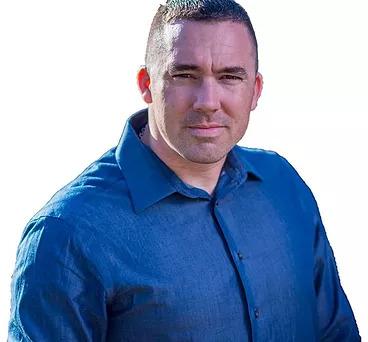Riding in the back of an ambulance can be a traumatic experience, especially for children. It can also be hard on the paramedics responsible for treating the patient on the way to the hospital. One first responder had a harrowing experience treating a child, and now he’s connecting with his patients using an old hobby: Magic.
Ivan Mazurkiewicz is a 33-year-old paramedic in Scandia, Minnesota. As a first responder he faces a lot of challenges when treating children. Most of the calls he responds to involve adults, and they are better able to express themselves.






